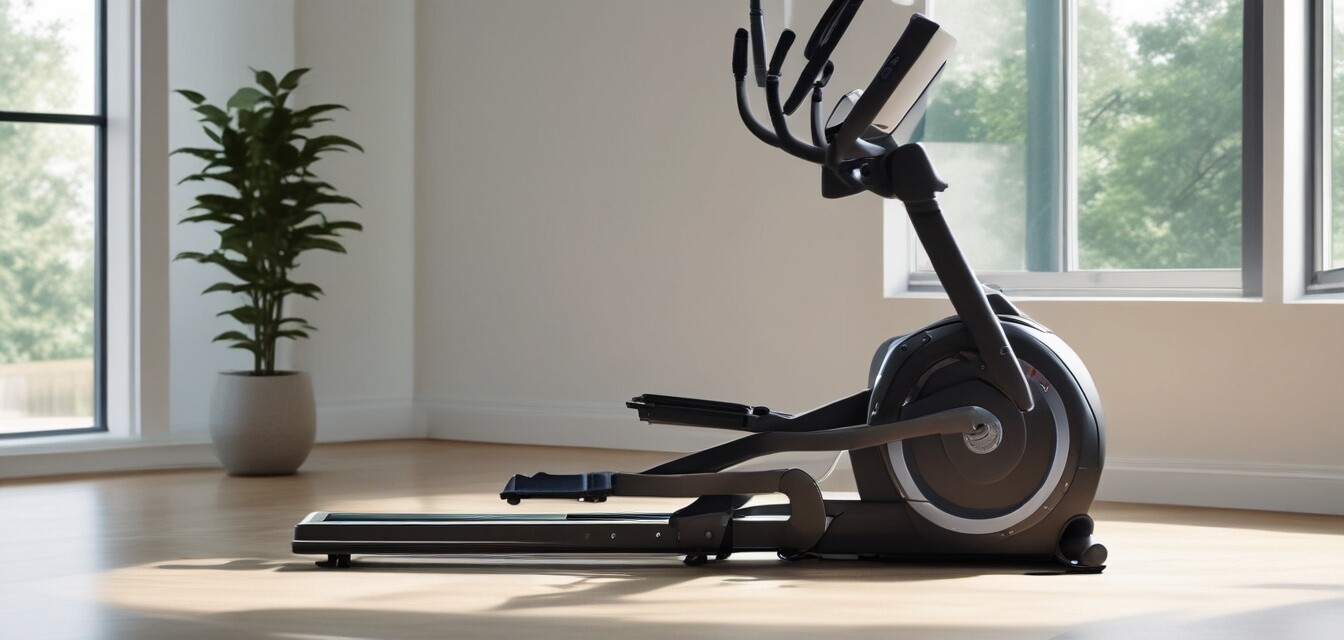
How to calibrate your elliptical for precision workouts
Key Takeaways
- Understanding the importance of calibration for accurate workouts.
- Step-by-step instructions for calibrating your elliptical.
- Common issues to check during the calibration process.
- Maintaining your elliptical for long-term use.
In the world of fitness, accuracy is key. Whether you're tracking your distance, calories burned, or strides taken, having your elliptical machine properly calibrated is essential for precision workouts. This guide will take you step-by-step through the calibration process, ensuring your machine is set for optimal performance.
Why is calibrating your elliptical important?
Calibration ensures that your elliptical provides you with accurate data for your workouts. If your machine is not calibrated, the readings can be off, which can affect your fitness goals.
- Improves workout accuracy.
- Helps track progress effectively.
- Ensures a safe and effective workout experience.
Step-by-step instructions to calibrate your elliptical
Follow these simple steps to calibrate your elliptical:
- Check the manual: Refer to your user manual for specific calibration instructions related to your model.
- Position on a flat surface: Ensure your elliptical is on a flat and stable surface to avoid inaccurate readings.
- Power on the machine: Start the machine and allow it to come to its initial settings.
- Access the calibration mode: Most ellipticals have a hidden calibration mode accessed via a combination of buttons. Check your manual for information.
- Follow on-screen instructions: If your elliptical has a digital display, it will guide you through the calibration process. Follow these prompts carefully.
- Test the settings: After calibration, perform a test workout to check if the readings align with your input.
Common issues to look out for during calibration
| Issue | Possible Cause | Solution |
|---|---|---|
| Inaccurate distance readings | Incorrect calibration or sensor misalignment | Re-check the calibration settings and sensors |
| Unresponsive display | Power disruption or software glitch | Restart the machine and check connections |
| Irregular resistance levels | Calibration not completed or mechanical issues | Follow calibration steps again or consult a technician |
Maintaining your elliptical for long-term use
Regular maintenance of your elliptical can prevent calibration-related problems. Here are some basic tips:
Maintenance Tips
- Clean the machine after each use to prevent dust buildup.
- Check and tighten all bolts and screws regularly.
- Inspect the cables for signs of wear or damage.
- Lubricate moving parts as recommended in the user manual.
Conclusion
Calibrating your elliptical is a straightforward yet crucial task to ensure accurate workout data and a seamless exercise experience. By following the steps outlined above, you can confidently calibrate your machine and maintain it for best performance. For more tips on maintaining your fitness equipment, check out our Maintenance Tips category for additional resources.
Pros
- Improves workout precision.
- Enhances overall machine performance.
- Supports long-term user satisfaction.
Cons
- May require technical know-how for some users.
- Calibration process can vary by model.
For more detailed articles on ellipticals, visit our section on News and Trends and explore compact ellipticals for budget-friendly options.